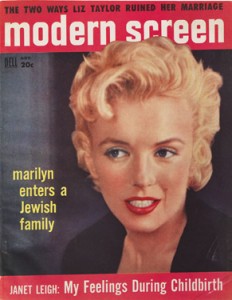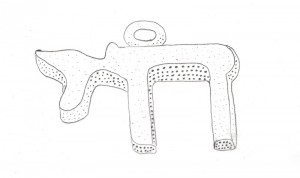Linguistic Entanglements in the Animal Kingdom
During the week of October 21 to 27, 2013 the Academy of the Jewish Museum Berlin, in cooperation with Kulturkind e.V., will host readings, workshops, and an open day for the public with the theme “Multifaceted: a book week on diversity in children’s and young adult literature.” Employees of various departments have been vigorously reading, discussing, and preparing a selection of books for the occasion. Some of these books will be introduced here over the course of the next few months.
 With strange combinations of letters on the feathers, fur, and skin of different animals who stand lost upon a map: I was so drawn to the cover picture of Gaggalagu that I instantly reached for it in our reading group.
With strange combinations of letters on the feathers, fur, and skin of different animals who stand lost upon a map: I was so drawn to the cover picture of Gaggalagu that I instantly reached for it in our reading group.
Released in 2006 by kookbooks, through a publisher that until now I only associated with volumes of poetry for adults, it is very appealingly and elaborately designed. It was a surprise to learn that this little press also publishes children’s books. Before this, I had also never heard of the author, Michael Stavarič, and the illustrator, Renate Habinger, was new to me as well. → continue reading
Why a particular subject captures the interest of the public at a given time is not always immediately apparent. Conversion, for instance, has become the topic of conferences, lectures and exhibits in German-speaking Europe without any notable change in its social significance nor religious practice.

Picture in the current special exhibition “The Whole Truth” accompanying the question: Jew or non-Jew? Marilyn Monroe on the cover of the Modern Screen Magazine, November 1956
© Jewish Museum Berlin, photo: Jens Ziehe
The number of converts to Judaism is invariably small. According to the data collected by the Zentralwohlfahrtsstelle der Juden in Deutschland, on average 64 conversions are carried out yearly in the various German-Jewish communities, and since the year 2000, the number has remained fairly stable. Nor has the size of the Jewish communities varied much. For over a decade, the number of members has stabilized at around 105.000. In relation to the size of the community, the total number of converts since 1990, 1.366, makes up under one percent of the Jewish community. The number of Jews leaving the communities is slightly higher, around one hundred a year, yet the number is not particularly meaningful, because it includes people who leave for all sorts of reasons, including financial. By all accounts, today’s Jewish converts are a minute and exotic minority.
Yet the topic is currently being discussed with much enthusiasm. → continue reading

The Involuntary Moose
Last summer, a snigger went viral in the Jewish online community when an eBay entrepreneur posted a pendant of a Navajo moose. Labeled a “Unique Vintage Navajo Moose 925 Sterling Silver Pendant, marking 0.8 grams,” the trinket for sale was in fact a Jewish amulet depicting the Hebrew word “chai” for “life/living.” The motif is popular in Jewish jewelry. It consists of the two letters chet and yod and is not commonly mistaken for an animal. But this particular example simplified the letters and joined them together, which made them appear, quite truly, like an antlered moose in Native American style. → continue reading
 With strange combinations of letters on the feathers, fur, and skin of different animals who stand lost upon a map: I was so drawn to the cover picture of Gaggalagu that I instantly reached for it in our reading group.
With strange combinations of letters on the feathers, fur, and skin of different animals who stand lost upon a map: I was so drawn to the cover picture of Gaggalagu that I instantly reached for it in our reading group.
